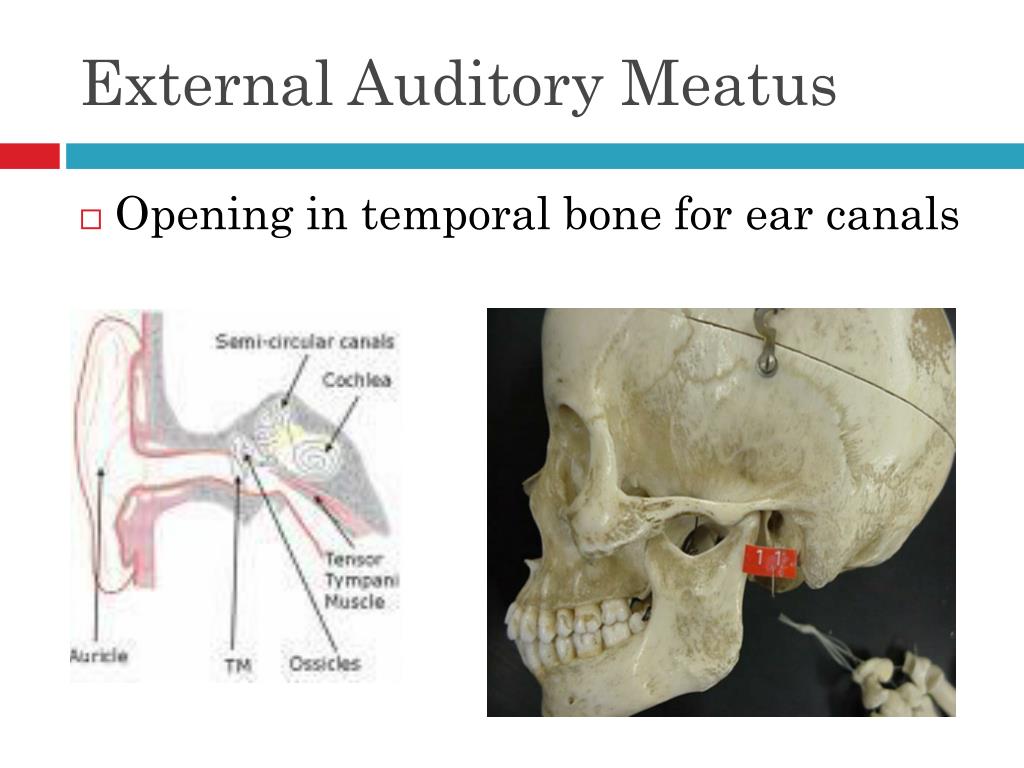

On the cross-section, it is of oval shape. It has a sigmoid form and runs from behind and above downward and forward. The canal is approximately 2.5 centimetres (1 in) long and 0.7 centimetres (0.28 in) in diameter. Size and shape of the canal vary among individuals. The layer of epithelium encompassing the bony portion of the ear canal is much thinner and therefore, more sensitive in comparison to the cartilaginous portion. The bony part is much shorter in children and is only a ring ( annulus tympanicus) in the newborn. The bony part forms the inner two thirds. The cartilaginous portion of the ear canal contains small hairs and specialized sweat glands, called apocrine glands, which produce cerumen ( ear wax). The cartilage is the continuation of the cartilage framework of pinna.

The elastic cartilage part forms the outer third of the canal its anterior and lower wall are cartilaginous, whereas its superior and back wall are fibrous. The human ear canal is divided into two parts. The adult human ear canal extends from the pinna to the eardrum and is about 2.5 centimetres (1 in) in length and 0.7 centimetres (0.3 in) in diameter. The lymphatic drainage of the external ear is to the superficial parotid, mastoid, upper deep cervical and superficial cervical nodes.The ear canal ( external acoustic meatus, external auditory meatus, EAM) is a pathway running from the outer ear to the middle ear. Some individuals can complain of an involuntary cough when cleaning their ears - this is due to stimulation of the auricular branch of the vagus nerve (the vagus nerve is also responsible for the cough reflex).
#Auditory meatus skin#
Auriculotemporal nerve (branch of the mandibular nerve) - innervates the skin of the auricle and external auditory meatus.Lesser occipital nerve (branch of the cervical plexus) - innervates the skin of the auricle.Greater auricular nerve (branch of the cervical plexus) - innervates the skin of the auricle.

The sensory innervation to the skin of the auricle comes from numerous nerves: Venous drainage is via veins following the arteries listed above.
#Auditory meatus series#
This is where a series of movements of the auditory ossicles begins. On the opposite side of the tympanic membrane, the medial side, the malleus is attached with its handle.


 0 kommentar(er)
0 kommentar(er)
